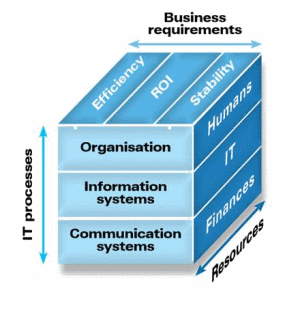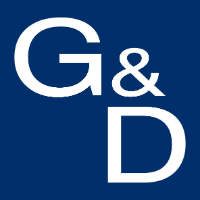

Usually, KVM is regarded from a technical perspective: transmission distances, the limit of resolutions, or the question of how many users can access how many computers via a KVM matrix. But are these really the most important issues when talking about KVM? Or isn’t it time to discuss the topic from the view of the entire company? Being a KVM manufacturer with almost 30 years of experience, Guntermann & Drunck approached KVM from another angle.
The interaction of business and KVM
In today’s business world, IT links all value creation activities within a company. But from a management perspective, IT technology processes cannot be viewed separately from other business processes along the value chain. Even here the Pareto principle, according to which 20% of IT resources are needed for 80% of users in the company, applies. In daily business one easily loses sight of these aspects.
What role does KVM play in business processes?
Niche technologies like KVM deserve a closer look, because their relevance to the overall business value is not to be underestimated. KVM is considered the ‘enabler’ of business processes. It ensures access to an available computer environment – the basic requirement for most of us to work at all. KVM has the task of being the link between man, machine and space and room design.
While the majority of IT components have one single dedicated task, KVM has a superior strategy. That task comes close to the ones of business management, which are:
- Increase efficiency
- Optimise business processes
- Save resources
KVM, the business enabler
Implementing KVM requires foresight, highly qualified consultants as well as solutions tailored to individual requirements. Therefore, KVM must focus firmly on all IT structures: computers, servers, interfaces, cable infrastructures, workstation peripherals and finally the IT policy. ‘Structure follows strategy’ means to organise corporate strategies in such a way that resources best align to strategic requirements – human as well as technical and financial resources.
If you go one step further, you need to consider future aspects such as investment protection and scalability as well. Reconciling these aspects requires skilled planning and experience. As a customer, it sometimes requires the experience from three decades to find the perfect fit for a project.

